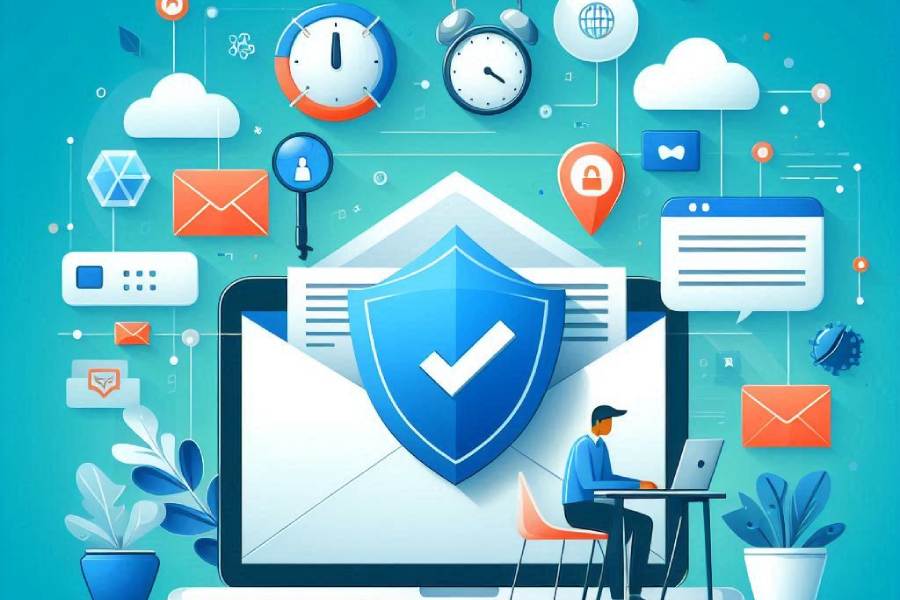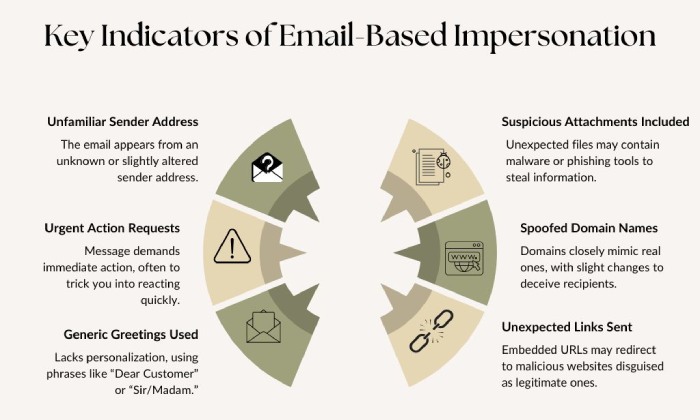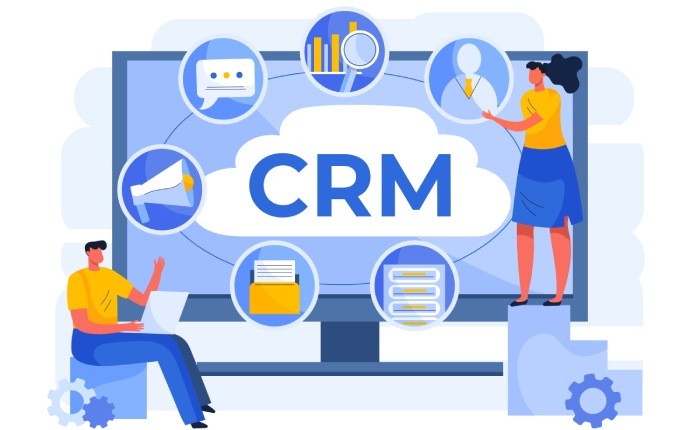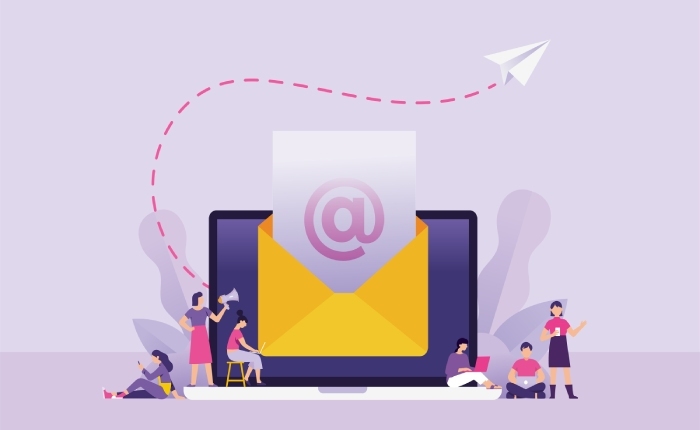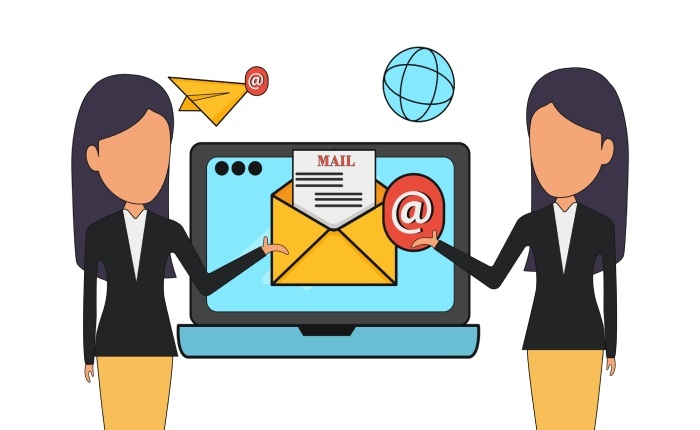SPF in a DMARC-DKIM world: is it still relevant?
Email was never actually built with keeping security in mind. Back in the day, it was just a medium of communication, and it operated on trust. This made it a vulnerable target for threat actors who started exploiting email for spoofing, phishing, and spam. Over the years, email threats evolved, triggering the need for authentication mechanisms to verify if the sender is actually who they are claiming to be and protect recipients.
The first protocol to safeguard email communication was SPF (Sender Policy Framework), created in the early 2000s. It allowed domain owners to specify which IP addresses they authorize to send emails on their behalf. While it was helpful and widely adopted, it didn’t ensure content integrity and could not handle email forwarding.
To fill these gaps, DKIM (DomainKeys Identified Mail) was introduced. It works by adding cryptographic signatures to emails, allowing recipients to verify the sender’s domain’s authenticity and the message’s integrity. SPF and DKIM together safeguarded emails very well, but there was still a need for a mechanism that could instruct recipients’ mail servers on how to deal with emails that didn’t pass the SPF and DKIM authentication checks. And that’s why DMARC (Domain-based Message Authentication, Reporting, and Conformance) was introduced in 2012.
DMARC builds on SPF and DKIM, allowing domain owners to instruct email receivers on how to handle failed authentication checks—and, critically, enforces domain alignment to prevent spoofing more effectively.
Together, SPF, DKIM, and DMARC form the backbone of modern email authentication. Each protocol plays a unique role, and their combined use has become an industry standard for protecting email communications today.
But here comes the critical question— with DMARC and DKIM in place, is there still a need for SPF? Well, the blog answers it in detail.
But first, let’s revise the basics!
How does SPF work?
SPF prevents email spoofing and phishing by requiring the domain owner to publish an SPF record in the DNS. This SPF record lists the authorized mail servers allowed to send emails on behalf of the domain. So, when someone sends an email from your domain, the receiving mail server queries DNS for that domain’s SPF record. The receiver compares the sending server’s IP to the list in the SPF record.
Based on the result, the email can be accepted, flagged (marked as spam), or rejected.
The DKIM difference
DKIM works by adding a layer of security, which is done with the involvement of cryptographic signatures. DKIM’s job is to verify if the message content was tampered with in transit. So, when an email is sent from your domain, DKIM automatically generates a unique digital signature using a private encryption key. This is then attached to the email’s header, which is not visible to recipients but is important for authentication.
When the receiving server gets the email, it looks up your public key via DNS, uses it to decrypt the signature, and verifies two important things-
- The content has not been tampered with in transit.
- The domain actually authorized the message.
So, if the decrypted signature matches the content, the DKIM check passes.
Unlike SPF, DKIM focuses on message integrity and domain identity. Here’s why that matters-
- Content integrity: Even if an email is intercepted during transit, DKIM ensures the message body and headers weren’t modified.
- Domain identity validation: It proves that the domain listed in the “From” address authorized the message, building trust between the sender and the recipient.
This makes DKIM a powerful tool in the fight against phishing, spoofing, and email-based impersonation.
DMARC as the policy layer
DMARC is the policy layer that ties SPF and DKIM together. It empowers the domain owner to enforce email authentication and protect their domain from abuse.
While SPF and DKIM validate specific technical elements of an email (IP authorization and digital signatures), they work independently. DMARC brings them under one roof by:
- Requiring alignment between the domain used in the “From” address and the domain validated by SPF/DKIM.
- Letting domain owners publish a policy on what to do when an email fails these checks (none, quarantine, or reject).
- Enabling detailed reports so you can monitor who’s sending emails using your domain — legit or not.
SPF’s strengths in the DMARC era
Email authentication is becoming stronger and more advanced with DKIM and DMARC, but despite that, SPF remains a foundational and highly effective tool. It plays a pivotal role in email security, especially when it comes to integrating DMARC-driven strategies. Here are SPF’s strengths-
Effective against IP spoofing
At its core, the SPF is designed to fight IP spoofing by ensuring only specified IP addresses or servers are authorized to send emails on your behalf. This makes SPF all the more useful in legacy environments where more advanced authentication methods like DKIM may not be supported. It’s also efficient in ensuring that only authorized third-party services like CRMs, marketing platforms, or ticketing systems send emails from your domain.
So, even with DMARC in the picture, SPF remains the frontline in stopping fake senders based on IP identity.
Wide adoption and simplicity
It’s easier to set up SPF for a domain than DKIM because the latter requires the generation of key-pair or email server modifications. We also can’t overlook that SPF is the first step on the email authentication journey for many companies, especially when they want to set up DMARC policies.
Because it operates through DNS-based rules, SPF can be quickly configured by most IT teams without deep technical expertise — making it ideal for fast implementation and immediate value.
Its popularity has led to broad adoption across industries, ensuring strong interoperability with mail providers, spam filters, and DMARC enforcement engines.
Key in a layered defense strategy
The DMARC framework is based on the belief that security isn’t about relying on one method but rather layering defenses. This is exactly where SPF truly shines.
When SPF is used in tandem with DKIM, it provides a second validation path for DMARC alignment. So, even if DKIM fails due to forwarding or message modification, SPF can step in as a backup to help the message pass DMARC. This dual-path system increases resilience and enhances a domain’s email deliverability, especially when alignment is correctly maintained.
Hence, it’s not wrong to say that SPF isn’t just a legacy protocol— it’s actually a relevant, reliable, and essential layer of defense in a modern email authentication stack.
SPF alone is not enough, but it still weighs a lot!
With so many email threats looming over us, relying on just one protection method is a recipe for exposure. While SPF is surely the valuable first line of defense, it’s not enough to tackle modern attack vectors on its own, and neither was it designed to do so.
So, it’s only right to implement a layered email authentication strategy. This is no longer an option or a matter of convenience— instead, it’s essential. When implemented together, SPF, DKIM, and DMARC provide complementary strengths that cover what each protocol lacks on its own. Partial setups may give a false sense of security, but only full implementation ensures proper enforcement and alignment.
SPF isn’t a “set-it-and-forget-it” mechanism. Over time, your sending infrastructure evolves—so should your SPF records. Optimize them by flattening overly long records and staying within the 10 DNS lookup limit. Also, leverage monitoring tools to catch failures before they impact delivery or security.
So, while SPF plays a vital role, it’s more suitable as part of a greater, holistic strategy. When combined with DKIM, DMARC, and strong user awareness, it helps build a fortress around your email ecosystem—one that’s much harder for attackers to breach.
Want to get started with email authentication or need some adjustments in the current setup? Call us today, and let’s see how we can help.
